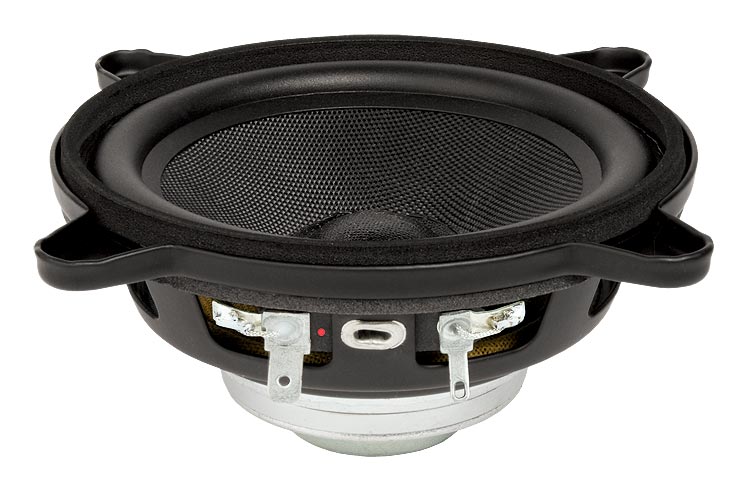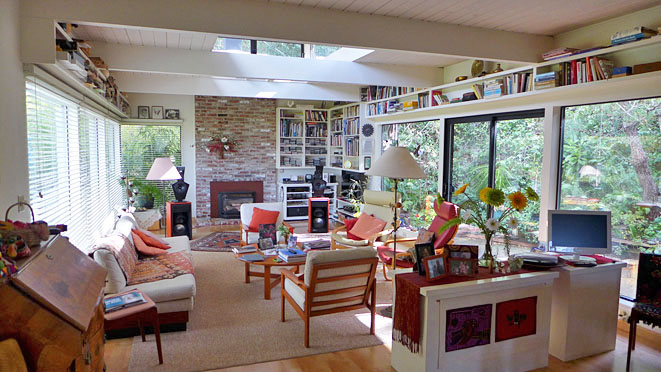DanielT
Major Contributor
A speaker element placed in the middle of an open baffle. How wide does the open baffle need to be so that frequencies down to 300 Hz are supported by the baffle and not extinguished? At what baffle width are they extinguished?
How do you calculate this? Scenario a loudspeaker element centered on the center of an open baffle. 300 Hz break off point. Do you then count on half a wavelength when calculating baffle width?
Do you calculate the distance of the baffle from the center, the middle of the speaker cone, or from the edge of the speaker cone?
How do you calculate this? Scenario a loudspeaker element centered on the center of an open baffle. 300 Hz break off point. Do you then count on half a wavelength when calculating baffle width?
Do you calculate the distance of the baffle from the center, the middle of the speaker cone, or from the edge of the speaker cone?


